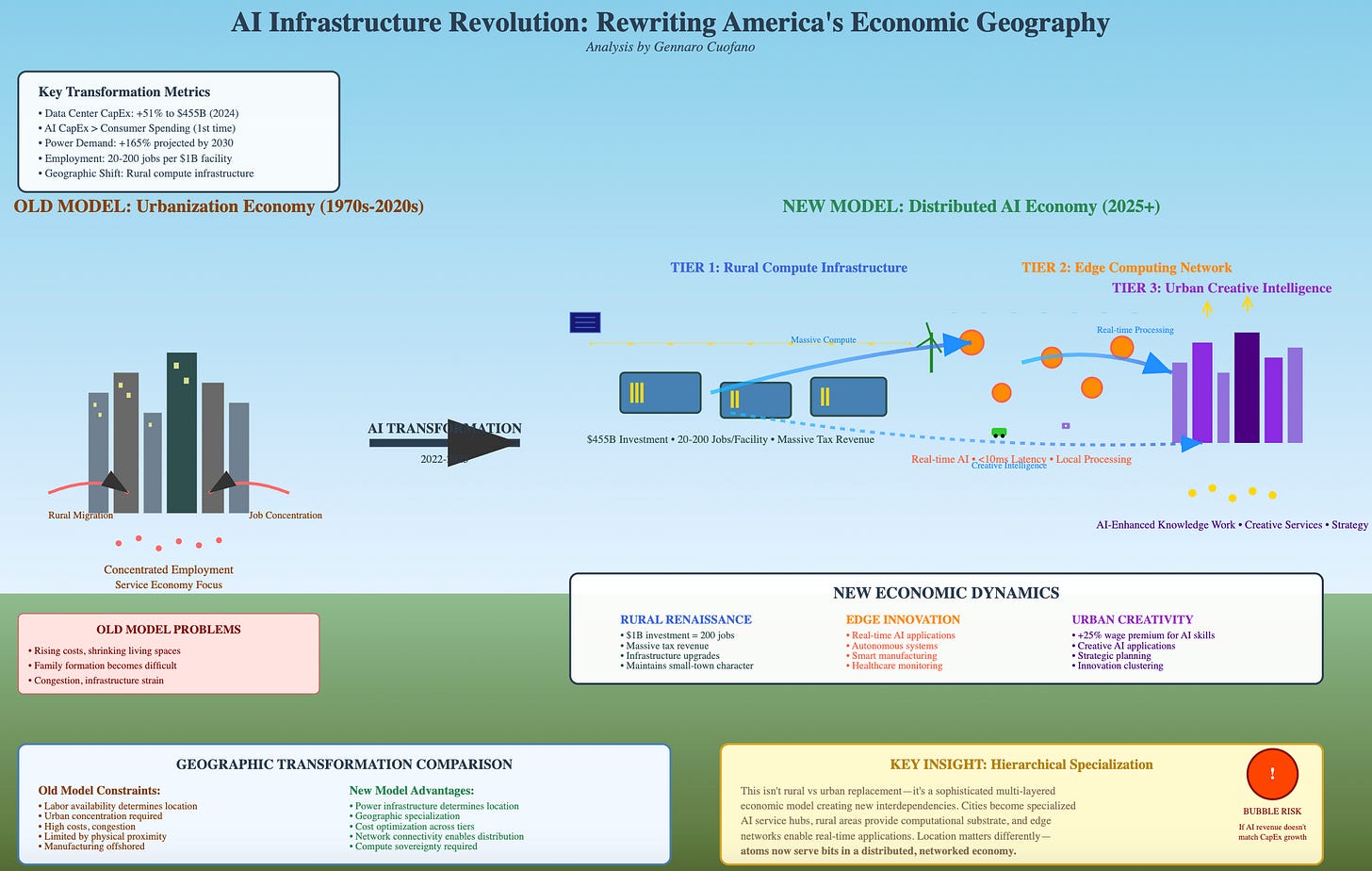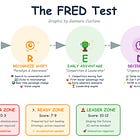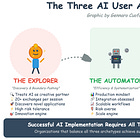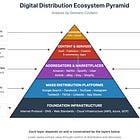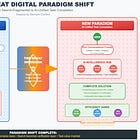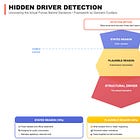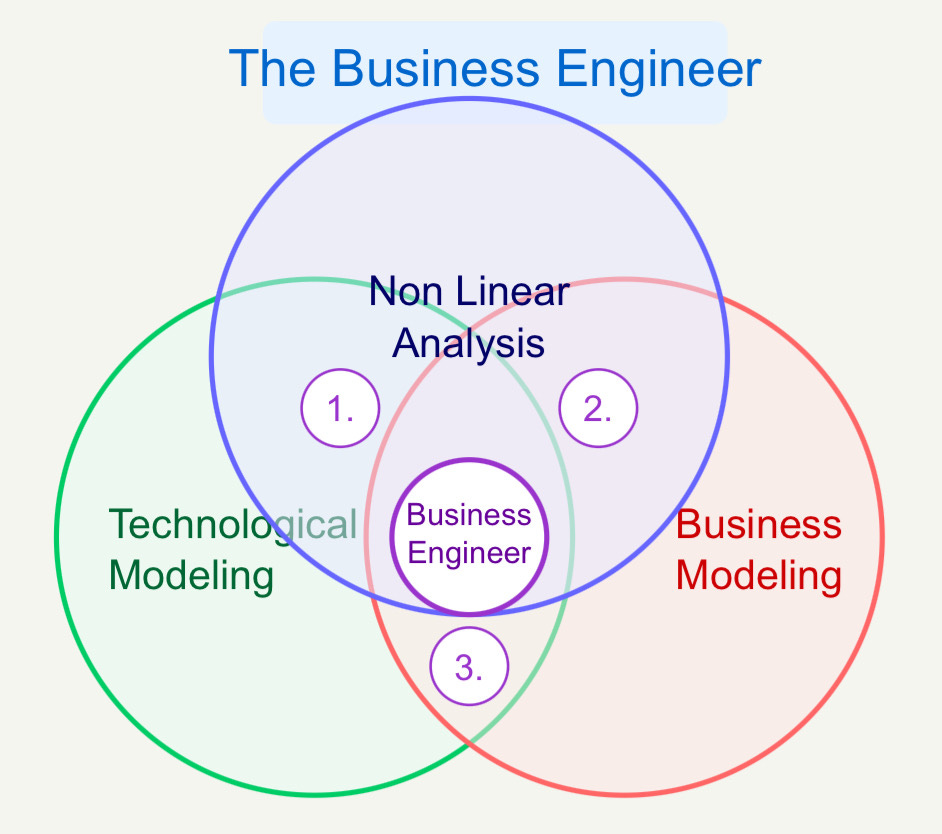This Week In AI Business: How AI Infrastructure Is Rewriting the Economy [Week #40-2025]
For the past fifty years, the world’s economic strategy has been built on a simple premise: concentrating people in urban centers, focusing on services, creating demand density, and driving consumption through proximity.
This urbanization model enabled the formation of megalopolises and global markets. Still, it came with a hidden cost, making urban life increasingly expensive while shrinking living spaces, ultimately making family formation culturally and economically challenging.
Today, we stand at the threshold of a fundamentally different economic paradigm that is emerging in the US, and it may ripple back to the entire global system. In fact, the AI infrastructure boom isn't just another technology cycle; it represents the most significant reshaping of American economic geography since the Interstate Highway System.
With global data center capital expenditures skyrocketing and tech giants like Google, Microsoft, and Amazon planning over $300 billion in combined spending for 2025, we're witnessing the birth of an economy where atoms serve bits, rather than people concentrating on production.
Read Also:
The weekly newsletter is in the spirit of what it means to be a Business Engineer:
We always want to ask three core questions:
What’s the shape of the underlying technology that connects the value prop to its product?
What’s the shape of the underlying business that connects the value prop to its distribution?
How does the business survive in the short term while adhering to its long-term vision through transitional business modeling and market dynamics?
These non-linear analyses aim to isolate the short-term buzz and noise, identify the signal, and ensure that the short-term and the long-term can be reconciled.


